What’s it like to visit Phugtal Gompa, the only cave monastery in Ladakh?
Times of IndiaTIMESOFINDIA.COM/ Created : Jul 7, 2024, 20:18 IST
You're Reading
Synopsis
Phugtal Gompa in Zanskar Valley, Ladakh, is a cliffside Buddhist monastery. Trek from Cha village across Lungnak River to reach it. Phugtal Gompa is home to 70 monks, and was founded by Gangsem Sherap Sampo. It has murals and a te … Read more
Phugtal Gompa in Zanskar Valley, Ladakh, is a cliffside Buddhist monastery. Trek from Cha village across Lungnak River to reach it. Phugtal Gompa is home to 70 monks, and was founded by Gangsem Sherap Sampo. It has murals and a text library offering panoramic views. Best to visit between June and September. Read less
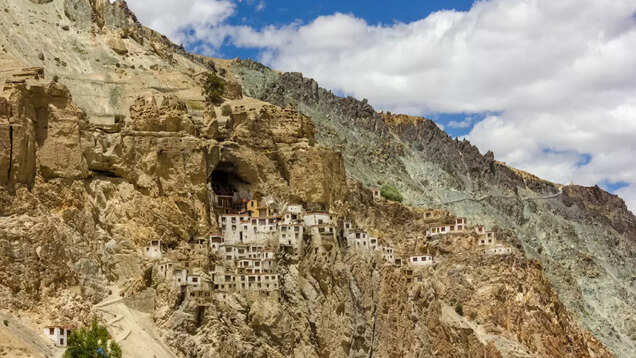
Reaching Phugtal Gompa is an adventure in itself. The monastery is accessible only by foot, with the nearest road ending at Cha village, approximately 6 kilometres away. This means that visitors must trek through rugged terrain, crossing suspension bridges and winding paths along the Lungnak River. The journey can be challenging, especially for those not accustomed to high-altitude trekking, but the breathtaking scenery and the anticipation of discovering the hidden monastery make it a deeply rewarding experience.
Perched precariously on the cliffside, Phugtal Gompa looks like a honeycomb of interconnected caves. This architectural wonder is built into a natural cave.
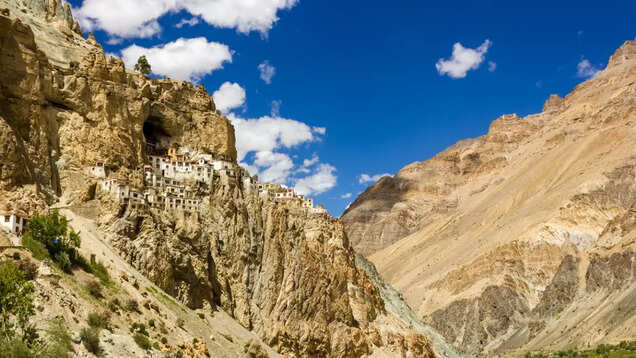
The monastery holds significant cultural and historical importance in the region. It was founded by the Tibetan Buddhist guru Gangsem Sherap Sampo, and over the centuries, it has served as a centre of learning and spirituality. The murals and frescoes adorning the walls depict scenes from Buddhist scriptures and the monastery's history, offering a visual feast for visitors. The monastery's library houses ancient texts and manuscripts, some of which are rare and invaluable.
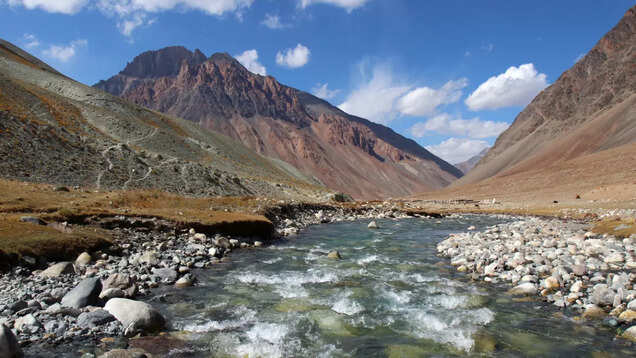
Tips for visitors:
Best time to visit: The ideal time to visit Phugtal Gompa is from June to September when the weather is relatively mild, and the trekking paths are accessible. During winter, heavy snowfall can make the trek extremely difficult.
Physical fitness: Given the remote location and the high altitude, a reasonable level of physical fitness is necessary. Acclimatisation to the altitude is crucial to avoid altitude sickness.
Also read: 8 countries famous for their countryside destinations
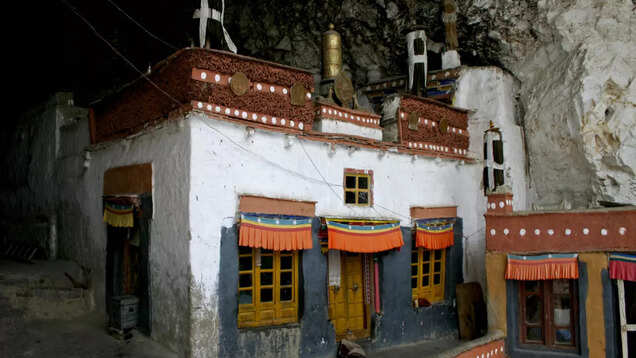
Accommodation: Basic accommodation is available in the monastery's guest rooms or homestays in nearby villages. It's essential to carry warm clothing and sleeping bags, as the nights can be very cold.
Respect local customs: Visitors should be respectful of the monastic lifestyle and local customs. Modest clothing and a respectful demeanour are appreciated.
Sustainable travel: Given the fragile environment, it's important to follow sustainable travel practices. Carry reusable water bottles, avoid plastic waste, and leave no trace of your visit.
Also read: From Machu Picchu to Maasai Mara, places famous for indigenous cultures

Refrain from posting comments that are obscene, defamatory or inflammatory, and do not indulge in personal attacks, name calling or inciting hatred against any community. Help us delete comments that do not follow these guidelines by marking them offensive. Let's work together to keep the conversation civil.
closecomments
Refrain from posting comments that are obscene, defamatory or inflammatory, and do not indulge in personal attacks, name calling or inciting hatred against any community. Help us delete comments that do not follow these guidelines by marking them offensive. Let's work together to keep the conversation civil.
Next story
Kodagu: A monsoon paradise in Karnataka
Popular Galleries
Trending Stories
IMD issues heavy rains ‘red’ alert for Maharashtra, Goa, Kerala; light showers in Delhi
Scientists discover a new microcontinent between Greenland and Canada
10 incredible wildlife parks in Maharashtra worth travelling for
The ultimate Mumbai to Goa road trip: 5 must-see stops to explore
8 high altitude temples in India for spirituality seekers














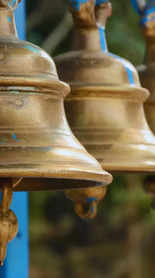
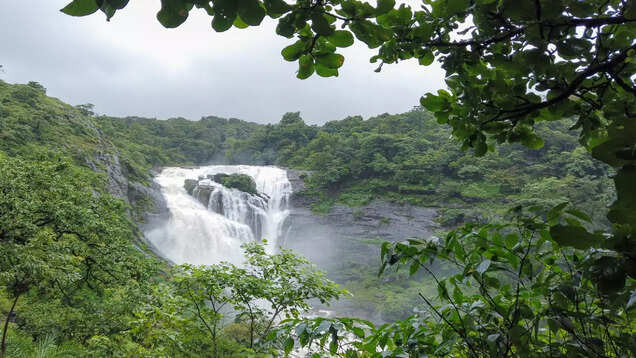










Comments (0)